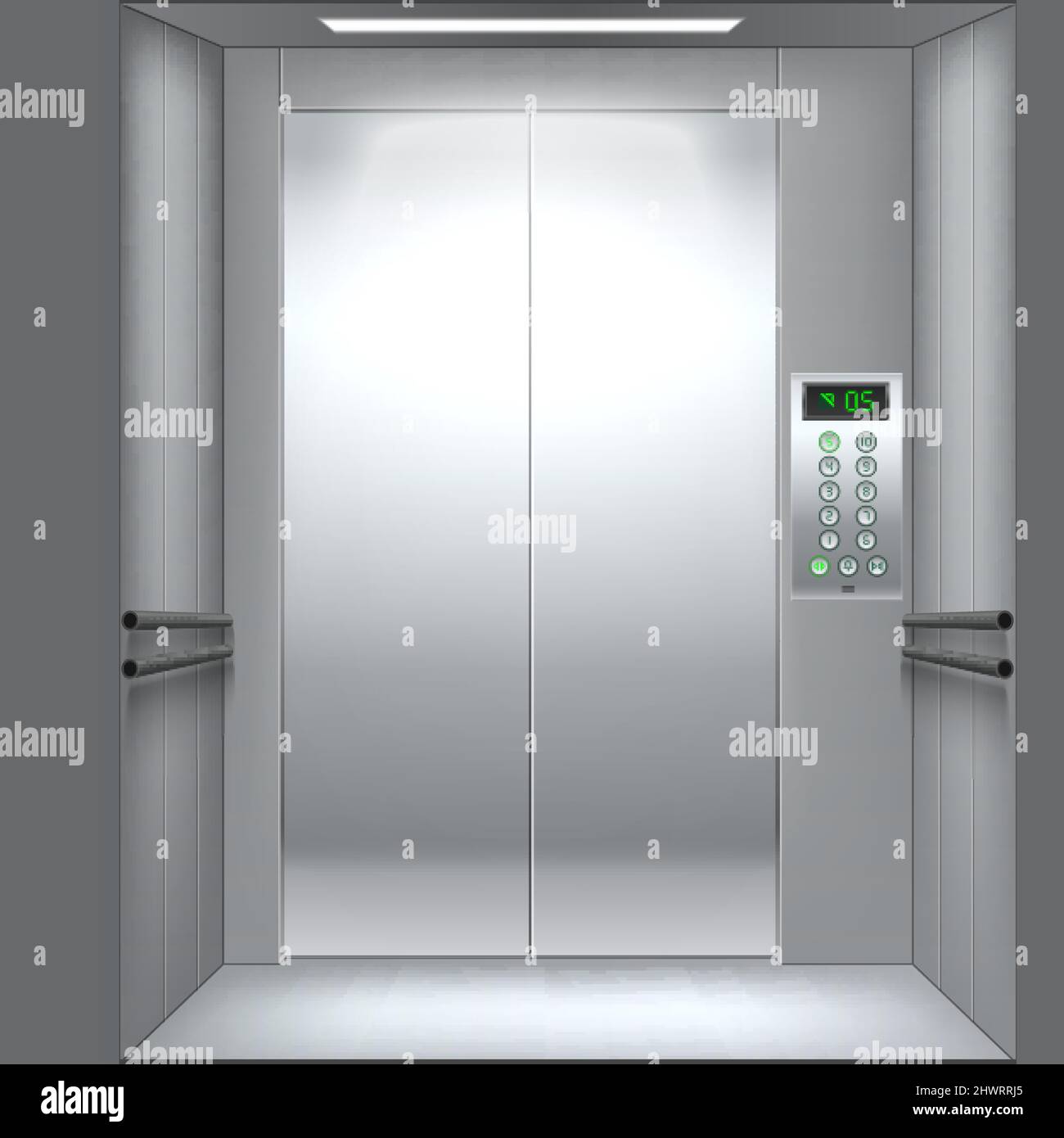We Maintain Lifts to the Highest Standards: Reliable Solution for All Lift Kind
We Maintain Lifts to the Highest Standards: Reliable Solution for All Lift Kind
Blog Article
Diving Into the World of Elevators: Usual Issues Faced by Various Lift Systems
As we navigate through the vertical transport systems of modern buildings, lifts stand out as an indispensable part of our everyday lives. From hydraulic elevators to grip systems and machine-room-less designs, each lift type comes with its set of common problems.
Hydraulic Elevators
Hydraulic lifts, typically chosen for low-rise buildings, use fluid pressure to manage the activity of the elevator auto (lift repair companies). This mechanism entails a hydraulic pump pressing oil right into a cyndrical tube, creating the elevator to relocate in the wanted direction. While hydraulic lifts are known for their quiet and smooth operation, they do come with their own collection of common concerns
One common issue with hydraulic elevators is oil leakage. In addition, concerns with the control system, such as damaged shutoffs or a malfunctioning pump, can trigger disruptions in the elevator's movement.
Regular maintenance and prompt repair services are important to make sure the smooth performance of hydraulic lifts. By attending to these usual concerns proactively, structure proprietors can minimize downtime and ensure the safety and efficiency of their vertical transport system.
Traction Lifts
When taking into consideration vertical transport systems in buildings, one more usual kind aside from hydraulic lifts is the traction lift. Traction lifts operate utilizing a system of ropes and weights that relocate the lift vehicle by gripping onto the hoist ropes. This system permits smoother and quicker vertical transport compared to hydraulic systems.
One of the typical issues encountered by traction lifts is rope wear. The constant activity of the ropes within the traction system can bring about tear and wear gradually, potentially triggering the lift to breakdown or come to be dangerous for use. Normal assessments and maintenance of the ropes are important to ensure the lift's correct functioning and safety and security.
Another problem that traction elevators may run into is associated with the control system. Troubles with the control system can result in issues such as irregular movement, delays in response times, or even full shutdowns. Routine screening and maintenance of the control system are vital to stop such problems and make sure the lift's dependability.
Machine-Room-Less (MRL) Lifts

Among the key parts of MRL elevators is the compact gearless grip machine that is mounted within the hoistway. This maker successfully drives the lift car without the demand for bulky tools found in traditional traction lifts. Furthermore, MRL lifts typically utilize a counterweight system to stabilize the vehicle, more enhancing their energy effectiveness.
Regardless of their benefits, MRL lifts may deal with obstacles associated with repair and maintenance due to the restricted space for equipment installation. Ease of access for servicing elements within the shaft can be limited, needing specialized training for technicians. Correct maintenance timetables and routine assessments are vital to ensure the continued smooth operation of MRL elevators.
Overloading and Weight Limitation Issues
Straining and weight limit problems are critical problems in lift procedures. Elevator makers design lifts with specific weight capabilities to ensure traveler security and devices longevity.
When elevators are strained, it places excessive stress on the electric motor, cable useful site televisions, and other parts, potentially triggering breakdowns or breakdowns. If they find excess weight, safety and security systems such as sensors and overload sensors are in place to protect against elevators from relocating. Additionally, going beyond weight limitations can result in boosted energy intake and deterioration on the lift system.
To reduce overloading problems, constructing supervisors should plainly present weight limits in lifts and inform occupants on the importance of adhering to these limitations - lift repair companies. Regular upkeep checks by qualified service technicians can likewise assist guarantee that lifts are running within secure weight criteria. By resolving overloading and weight limitation issues proactively, structure proprietors can boost elevator safety and security and efficiency
Electrical System Failings
Surpassing weight limitations in lifts can not just lead to mechanical problems but also potentially contribute to electrical system failures within the lift framework. Electrical system failings are a critical problem in lift procedure, as they can trigger unforeseen shutdowns, malfunctions, or even safety and security dangers.
Normal upkeep and inspections are vital to identify and address possible electrical problems promptly, ensuring the secure and effective operation of lift systems. By sticking to weight limitations and carrying out regular electric system checks, structure owners can reduce the danger of electric failings in elevators.
Final Thought

Hydraulic lifts, frequently chosen for low-rise structures, utilize fluid stress to regulate the movement of the lift car.When taking into consideration upright transport systems in structures, one more typical kind apart from hydraulic lifts is the traction elevator. Grip lifts run utilizing a system of ropes and counterweights that relocate the lift cars and truck by gripping onto the hoist ropes. Unlike typical lifts that need a separate equipment area to house the tools, MRL elevators incorporate most of the elements within the shaft, getting rid of the demand for a committed machine area.In final thought, elevators face usual issues such as hydraulic malfunctions, grip system failures, and electrical system issues.
Report this page